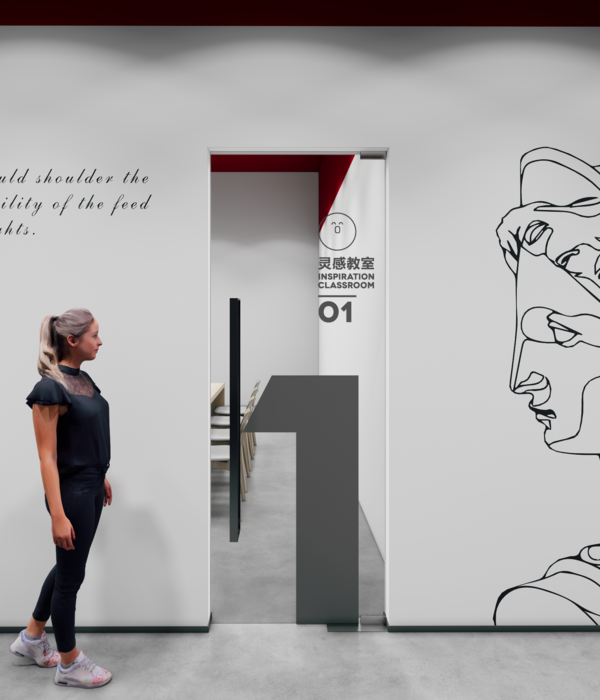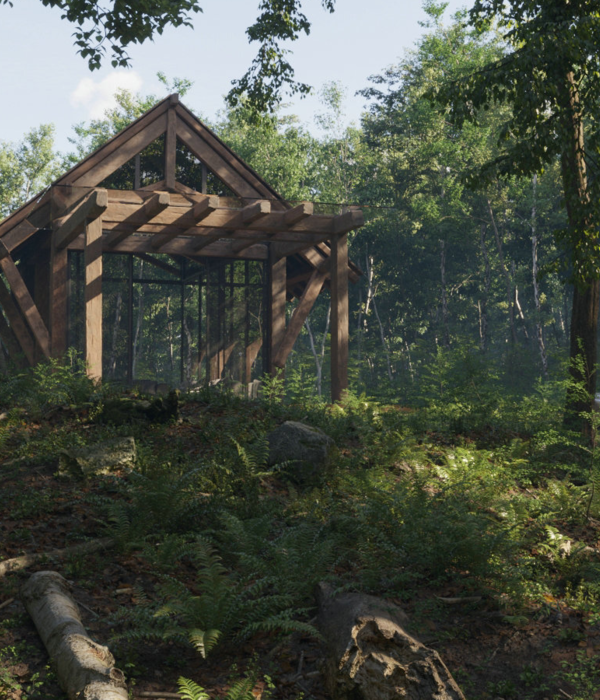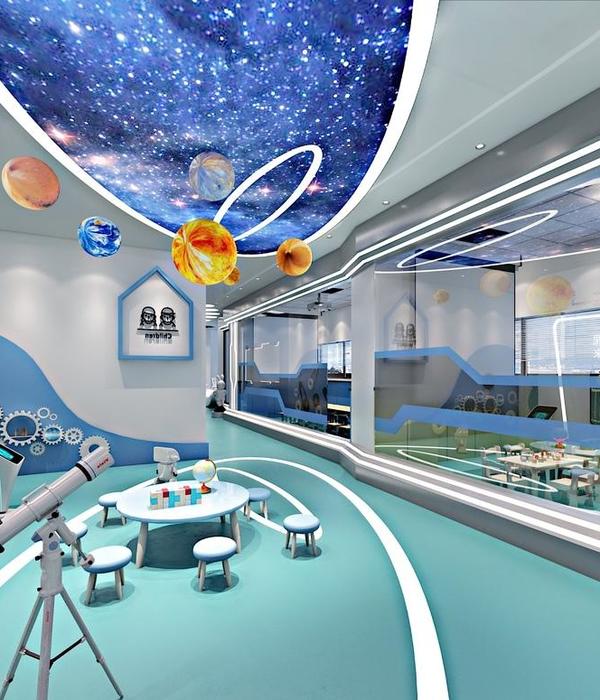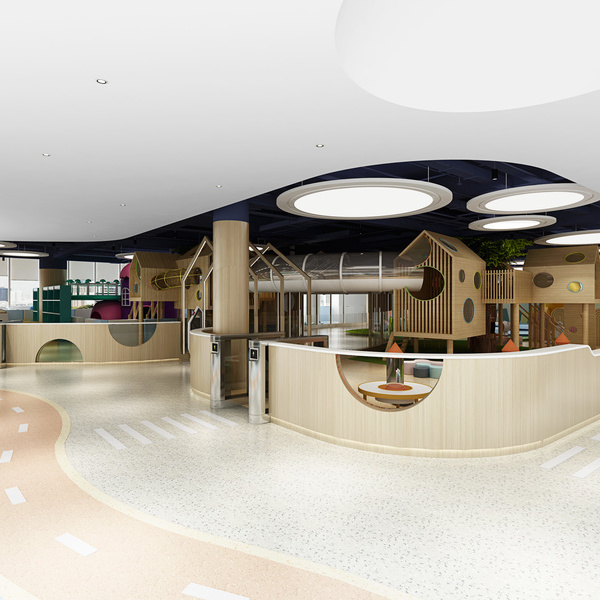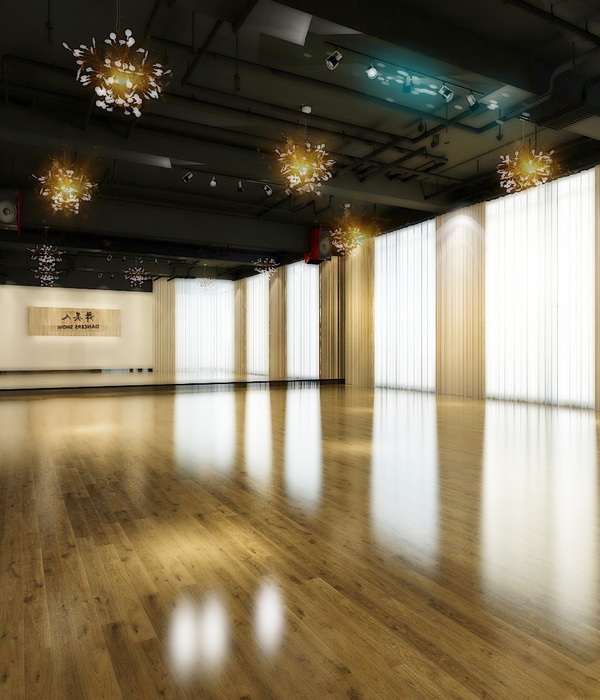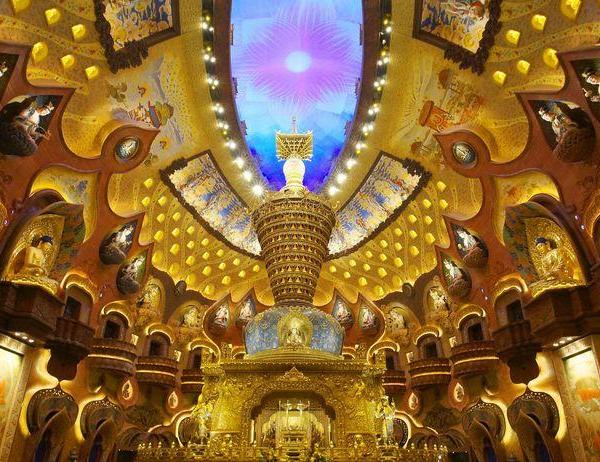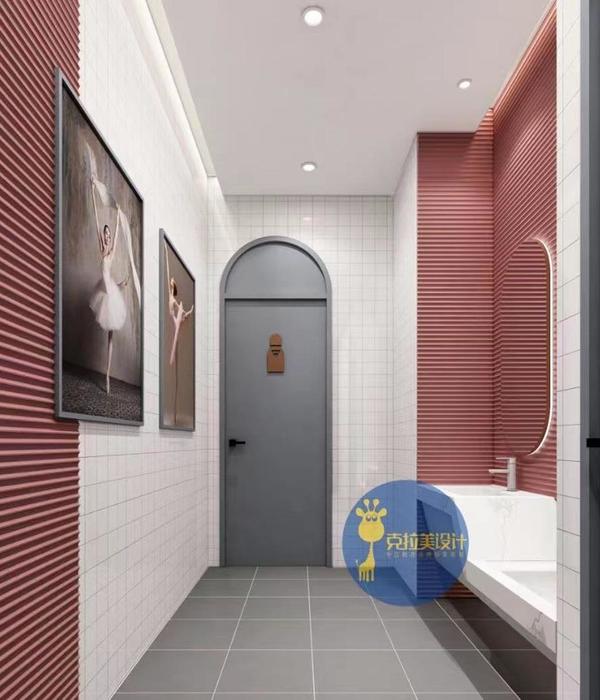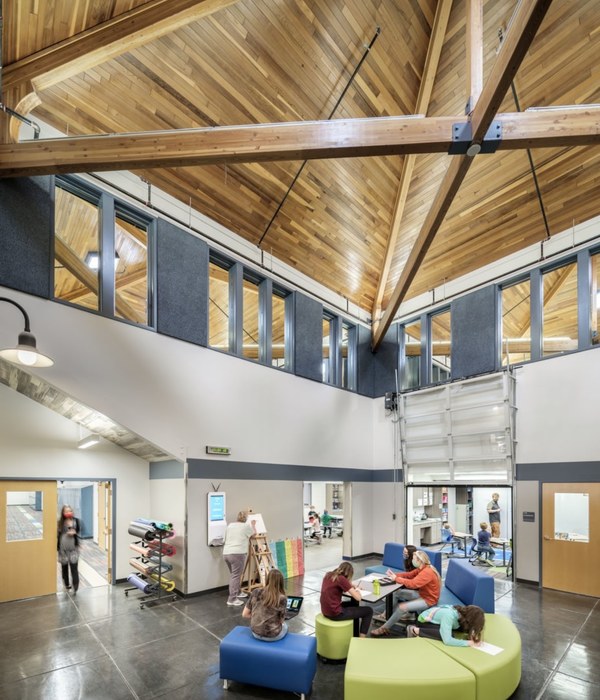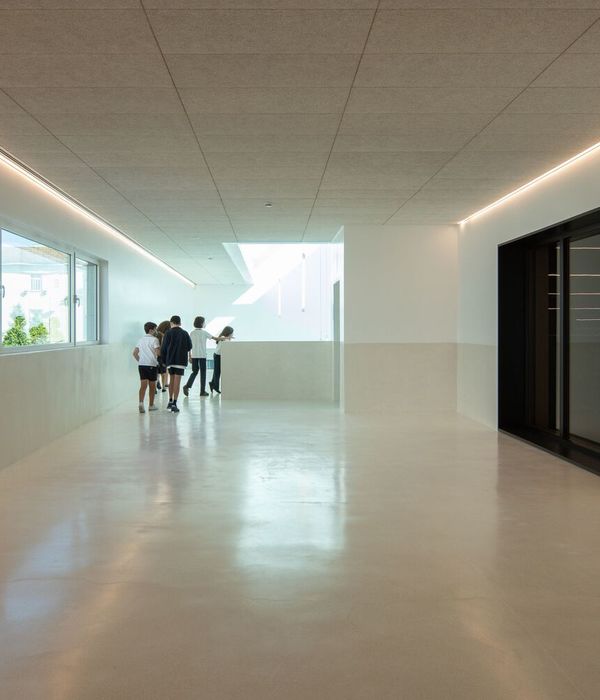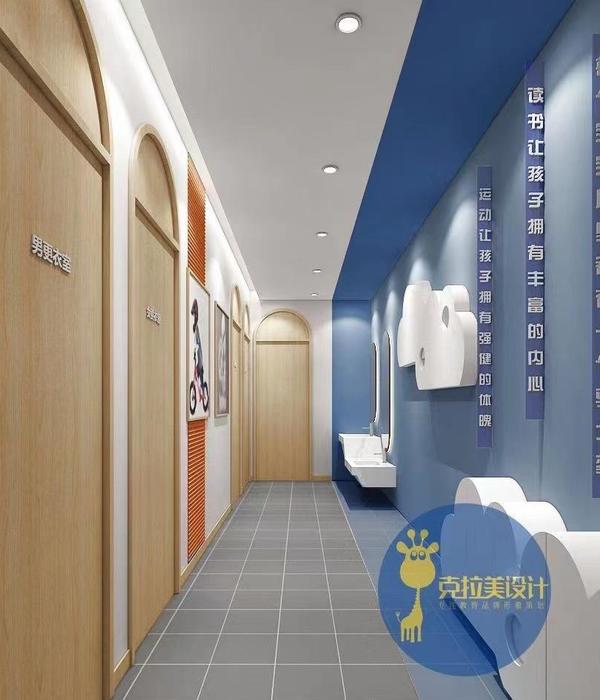- 项目名称:鲁尔西部应用科技大学新校区设计
- 景观设计:Planergruppe Oberhausen(德国)
- 建筑师:Working Group Hpp Hentrich Petschnigg & Partner,DÜsseldorf,And Astoc Architects And Planners,KÖln(德国)
- 规划期:自2011年起
Planergruppe:鲁尔西部应用科技大学新校区的设计注重对当地特征的定义,通过其开放和具有吸引力的结构,新校区完美地融入了现有的环境。常用的建筑集中在校园的公共区域,从中心穿过门厅可以进入不同的院系。因此,杜伊斯堡街南侧的住宅区也是一个重要的部分。布罗伊希区成为了米尔海姆/鲁尔的新学区,校方支持这一发展方案。
Planergruppe: The new Ruhr West University of Applied Sciences focuses on defining identity to the area. By its open and inviting structure, the new campus gets perfectly embedded in the existing environment. The commonly used buildings center the campus in public, and the different faculties are made accessible from the center via the foyers. Consequently, also the residential district on the South side of the street Duisburger Strasse becomes integrated as an important player. The Broich district becomes the new University district of Mülheim/Ruhr, and the campus structure supports this development.
▼校园中心有三个相连的喷泉,展现出了独特的吸引力 The campus center is accentuated by three connected fountains which unfold special attraction.
区域和特征 AREAS AND FEATURES
中央广场被划分成不同空间质量的几个部分。门厅成排的柱状灯柱形成了校园的主要入口,这些密集布置的灯柱会在夜晚时分照亮入口,同样在白天也能良好的突出入口。广场铺装采用的是大地板,现浇混凝土嵌体标志着广场的中心位置和安静的公共区域,与当地的工业历史文脉建立了联系。
The focal square is divided into several sections of various spatial qualities. The Campus Foyer forms the main entrance to the campus by means of column light rows. These densely placed lights brighten the entree at night, and also generally highlight the entrance clearly and noticeably during daylight. The square is paved with large-sized floor plates. In-situ concrete inlays mark the center of the square and the quiet communal areas, and create a link to the industrial history of the area.
校园中心有三个相连的喷泉,展现出了独特的吸引力。场地上设置了许多供人们休憩和观赏的座椅,长椅旁边孤植的野生樱桃树同样提升了该节点的吸引力。
The campus center is accentuated by three connected fountains which unfold special attraction. Numerous seating facilities offer the opportunity for observing the surroundings, or to just taking a break. Benches located next to single wild cherries offer attractive seating facilities.
除了校园中心之外,草坪长椅和阶梯长凳——以传统的圆形剧场布局排列——邀请人们进行户外午休。休闲区的座椅有樱桃树的树荫庇护, 春天的花朵和秋叶的颜色让人们体验四季的变换。户外还搭建了一个巨大的屏幕,圆形剧场可以转换成露天影院或市民剧场。
Aside the centre of the campus, lawn benches and slightly terraced bench rows – arranged in classical amphitheater layout – invite for outside lunch breaks. These relaxing deceleration areas offer seating facilities in the light shade of cherry trees. The spring blossom and the autumn leaf coloring allow an intensive experience of seasons. By putting up a giant screen, the amphitheater can be converted into an open-air cinema or be used for public viewing.
校园朝向城市的一面与杜伊斯堡街平行,用成排的日本槐树强调出来,这些树还为无障碍停车、自行车停放和送货通道划分出了功能空间。
The orientation of the campus to the city is accentuated by Japanese pagoda tree rows, running parallel to Duisburger Strasse. These trees also characterize the functional spaces of the barrier-free parking, the parking facilities for bicycles, and the delivery accesses.
照明设备 LIGHTING
密集排列的光柱将校园门厅强调为主要入口,穿过排列灯柱的道路能够安全到达每栋建筑。明亮的门厅显然是建筑群里的突出部分,被看作是校园的出入口。校园的基础照明与公共区域的气氛照明相辅相成,内置聚光灯突出了座椅等休憩设施,还巧妙地照亮了树木植物。
The densely placed column light rows are clearly defining the Campus Foyer as main entrance. From there, each building can be reached safely via the illuminated paths. The brightly lit foyers clearly stand out from the building cubature and are clearly perceived as entrances. The basic lighting of the campus is complemented by the atmospheric lighting of the common areas. Built-in spotlights accentuate the seating facilities, and some trees are subtly illuminated.
每栋学院建筑均有一个天井或露台——有的大,有的小。多年生植物和一棵木兰树将这些内向的区域变成了静谧的绿岛,场地还增设了座位以便休息。
校园朝北开放,开放区域用于日光浴和玩耍,单棵红橡树在夏天遮荫,游戏区还设有足球和沙滩排球的专用场地,这些区域也对附近的居民和自行车道的未来使用者开放。等自行车道完工后,从市中心到学校只需几分钟即可。
Each of the four University Institute buildings are provided with a patio or terrace – sometimes more, sometimes less enclosed. Perennials and a magnolia tree convert each of these introverted areas into quiet green islands with additional seating facilities.
Towards the North the campus opens with open areas for sunbathing and playing. Single red oaks spend shade in the summer. The playing areas are also provided with dedicated areas for playing soccer and beach volleyball. These areas are also open for the residents of the neighborhood and the future users of the bicycle road. Upon the long-awaited completion of the bicycle road, the campus will be accessible from the city center within just a few minutes.
雨水 RAINWATER
所有没有用作露台的屋顶表面都有做种植绿化,用做延长模式下的雨水分配,大部分地表水则被收集在分散的地下设施之中。
All roof surfaces which are not being used as terraces are extensively planted and dispense the rainwater in an extended delay mode. The predominant part of the surface water is collected in decentralized underground facilities and seeps away.
▼总平面图 Plan
项目:鲁尔西区——米尔海姆/鲁尔校区
地点:米尔海姆/鲁尔(德国)
建设商:blb Nrw, North-rhine Westphalia, DÜsseldorf(德国)
景观设计:Planergruppe Oberhausen(德国)
建筑师:Working Group Hpp Hentrich Petschnigg & Partner, DÜsseldorf, And Astoc Architects And Planners, KÖln(德国)
规划期:自2011年起
实现:2012年到2016年- 基础设施和地面建设;2014年到2016年- 户外区域
面积:4,5公顷
Project: Hochschule Ruhr West – Campus MÜlheim/ Ruhr
Location: MÜlheim/ruhr (germany)
Constructor: blb Nrw, North-rhine Westphalia, DÜsseldorf (germany)
Landscaping Architects: Planergruppe Oberhausen (germany)
Architects: Working Group Hpp Hentrich Petschnigg & Partner, DÜsseldorf, And Astoc Architects And Planners, KÖln (germany)
Planning Period: Since 2011
Realization: Infrastructure And Surface Constructions From 2012 Through 2016, Outdoor Areas From 2014 Through 2016
Area Surface: 4,5ha
{{item.text_origin}}

